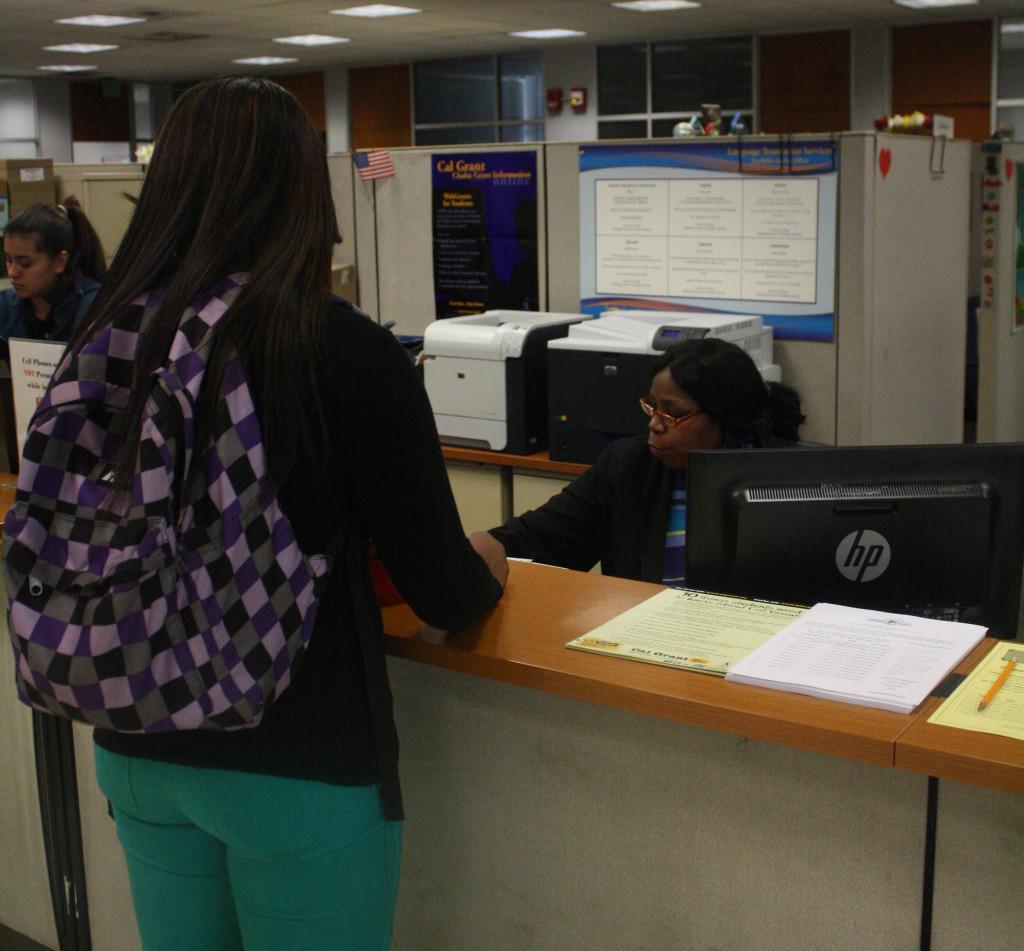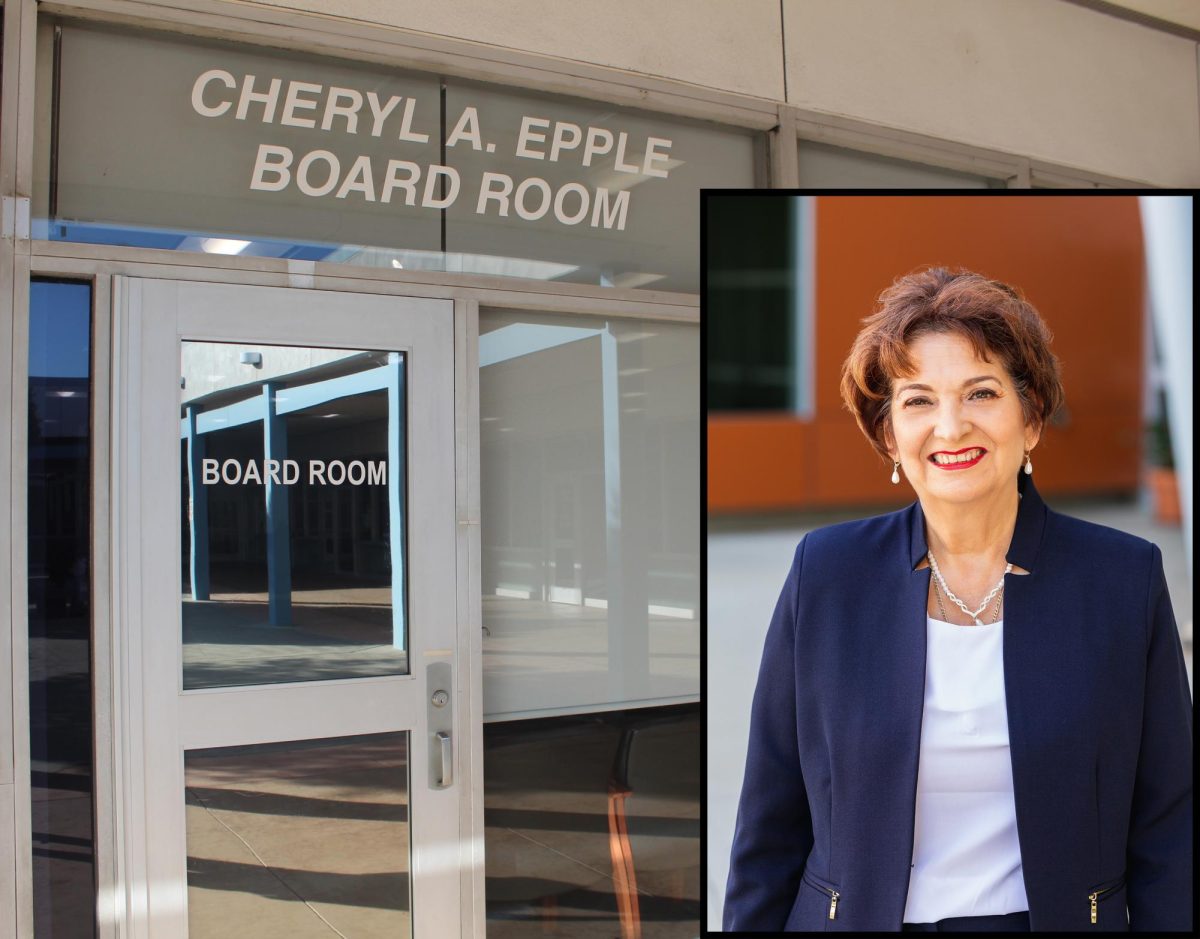An estimated 70 percent of students apply for financial aid each year.
Some of these students many have problems applying, but the financial aid office has provided four steps to guide students through the financial aid process.
Step one is to apply; when applying for financial aid, it’s best to apply early.
Dean of Student Support Services Kimberly Westby said, “Right now, students are filling out their FASFA (free application for student financial aid) for next August, so, it’s good, but know that the form comes out Jan. 2 of every year.
We already have thousands of students that have already applied, it’s all about getting that done by January.”
Another problem is that many students don’t fill out their FASFA as early as possible because they wait until their parents file for taxes. This is a misconception and only delays students.
According to Financial Aid Assistant and Director, Jamie Quiroz, “When students first do the FASFA, they can get in early and then go back once their parents file taxes or they file taxes, go back and use the IRS database retrieval tool to confirm and pull in the IRS data and that makes it really easy and quick.”
Some students don’t know about the IRS database retrieval tool. For students that do know about it, it makes it much easier.
History major, Heidi Quinonez said, “I thought it was long, but then my friend advised me that I could just put it so that they can look at the IRS themselves.”
This tool makes it a lot easier and a lot quicker to get the financial aid process done in time.
According to the U.S. Department of Education, other times students are delayed because of simple mistakes they make.
The most common mistakes made are, forgetting to list the schools code, forgetting to use the pin for electronic signatures and something as simple as misspelling their name can set them back.
Step two, submit forms; Students sometimes have missing information, so, it is important that students check their to do list.
Quiroz says, “Checking their to do list and submitting the forms in a timely manner is very important.”
Step three, receiving the award, and for this, students need to meet the satisfactory academic progress of a 2.0 or higher.
Students need to keep their grades up, if a student has too many F’s, D’s, or W’s, they will be given a warning and if the warning isn’t taken seriously, they may lose their financial aid completely.
According to financial advisers, many students either don’t see their warning or just fail to do something about it, so, it’s important to stay ahead of the curve.
Quiroz advises students to speak to their professors, speak to the Financial Aid Office and speak to their counselors; this will make things run as smooth as possible.
Westby adds, “Read, read, read our policy. If you don’t understand something, come to the office and ask questions about it. Don’t wait for the worse scenario to happen.”
The deadline for financial aid applications is April 30th and the deadline for the Cal Grant is March 3rd.











